A new state-level emissions assessment highlights PM10 as Haryana’s biggest non-CO₂ pollutant—outpacing methane and NOx—and puts the spotlight on industrial activity, dust from roads and construction, and waste systems. Officials say the inventory will guide enforcement and pre-winter measures; experts warn that managing coarse dust is as vital as the PM2.5 fight.
1) What the report says—key takeaways in plain English
A Haryana emissions assessment—prepared by research groups with the Haryana State Pollution Control Board (HSPCB)—finds that PM10 (coarse particulate matter ≤10µm) is the largest non-CO₂ pollutant in the state’s 2019 baseline, comprising roughly 26% of non-CO₂ emissions. Sectorally, industry accounts for the biggest chunk of PM10, followed by agriculture and transport. The same document cautions that, absent stronger controls, PM2.5, NOx and black carbon loads could rise substantially by 2047. Recommendations range from industrial controls and waste management upgrades to clean cooking, crop-residue management, and EV adoption.
Why this matters: PM10 is often dismissed as “just dust.” In reality, it’s a mix—road and construction dust, ash from certain industries and kilns, re-suspended soil, and waste-burning residues. High PM10 degrades visibility, aggravates asthma/COPD, and compounds traffic risk—especially along highways and busy corridors.
2) Why PM10 dominates in Haryana (and NCR-adjacent districts)
Multiple recent studies around the NCR belt consistently show road/construction dust + industrial activity + vehicles as prime drivers of coarse particulate loads:
- Faridabad: Source-apportionment under the National Clean Air Programme (NCAP) finds road & construction dust dominating PM10, with significant industrial shares and vehicles leading NOx and other gases. Seasonal swings are pronounced—dust in the dry months, and stubble-linked spikes in winter.
- Gurugram: Hyperlocal mapping and multi-sector plans point to waste burning, autos, industry and construction dust as persistent contributors; 2023–25 reviews repeatedly place Gurugram among high-pollution cities.
- Statewide PM10 levels: Independent assessments through 2024–25 show PM10 averages well above norms across many Haryana cities; Gurugram has at times posted the highest PM10 in the state.
Bottom line: Haryana’s geography (Indo-Gangetic plains), intense construction cycles, dense industrial clusters (including coal-using units and brick kilns), and arterial traffic make PM10 control a structural challenge.
3) Health 101: PM10 vs PM2.5—don’t let the “coarse” label fool you
- PM2.5 penetrates deep into lungs and bloodstream—linked to strokes, heart disease, adverse birth outcomes.
- PM10 typically lodges in the upper airways, triggering asthma, bronchitis, allergic rhinitis, and eye/throat irritation; it also reduces visibility and worsens road safety.
- During dust-heavy periods (pre-monsoon winds, construction peaks), PM10 spikes can be more dramatic than PM2.5, stressing ERs and clogging corridors. Treating PM10 as “cosmetic dust” is a costly mistake.
4) The seasonal story: dust storms, winter inversions, farm fires
- Pre-monsoon & autumn: Resuspension of road dust, unpaved shoulders, construction demolition (C&D) debris, and dry winds elevate PM10.
- Winter: Inversions trap pollutants; farm fires in and around the state add to the load, spiking both PM2.5 and PM10; traffic congestion multiplies the effect.
- Monsoon: Natural wet deposition helps, but construction rebounds as soon as rains recede—restarting the PM10 engine. (Faridabad’s NCAP study captures these swings in data.)
5) Where PM10 comes from—Haryana’s sectoral picture
Industry: Coal-burning industries, brick kilns, and thermal power clusters are major PM10 sources statewide; the emissions report tags industry as the leading PM10 sector. Cleaner fuels, electrostatic precipitators (ESPs), low-NOx burners, and converting fixed-chimney kilns to zig-zag designs are proven fixes.
Road & construction dust: Urban arteries, depot areas, and construction zones create crustal dust that gets re-suspended by vehicles. Mechanized sweeping, vacuum trucks, shoulder paving, and strict C&D waste protocols are the first line of defense. (Recent Gurugram drives show why one-off cleanups fail without enforcement and capacity.)
Transport: Vehicles lead NOx and VOCs; for PM10 they contribute via tailpipe + resuspension. Transitioning fleets to CNG/LNG/EV, enforcing inspection & maintenance (I/M), and curbing idling lower both PM2.5 and PM10.
Agriculture & waste: Open burning (crop residue, mixed solid waste) adds coarse ash and raises both PM fractions. Scaled mulchers/happy seeders, biomass markets, and waste-to-energy/composting programs reduce the burn incentive.
6) Policy momentum: what the state is already signaling
Haryana has rolled out a clean-air roadmap with 2030 stubble-burning elimination goals, World Bank-supported projects, and a push for e-buses and charging infrastructure, alongside new waste facilities. Ambition is high; the question is execution—Gurugram, for instance, still has <1% EV penetration. Funding lines and a coordination committee have been announced; the plan’s success hinges on enforceable targets and in-season delivery.
7) District snapshots: Gurugram & Faridabad
- Gurugram: Hyperlocal mapping and multi-sector planning documents repeatedly cite construction dust, waste burning, vehicles, industry as core drivers. Targeted C&D enforcement, arterial vacuuming, and fleet electrification in last-mile logistics could yield quick wins before winter.
- Faridabad: The NCAP source study quantifies dust dominance in PM10, industry in PM2.5, and vehicles in NOx—a template for seasonal interventions (e.g., dust suppression in dry months; anti-burning and industrial audits pre-winter).
8) A 90-day action plan before winter (practical and measurable)
Road dust & C&D (Weeks 1–12)
- Deploy mechanized sweepers & vacuum trucks nightly on top 50 km of corridors across Gurugram–Faridabad; publish GPS tracks & tonnage cleared.
- Pave/bitumen-stabilize shoulders on high-resuspension segments; install wheel-wash bays at large construction sites.
- Enforce C&D rules: on-site screens, wind-break nets, sheeting, and covered transport; levy on-bill penalties for violations; run surprise audits.
Industry & kilns (Weeks 1–12)
- Stack monitoring blitz for top 100 emitters; publish compliance list weekly.
- Accelerate zig-zag conversion and ESP retrofits; link power/water clearances to compliance milestones.
Waste & burning (Weeks 2–10)
- Wet and compress legacy waste mounds; accelerate materials recovery facilities (MRFs) and C&D processing slots.
- Farm-fire pre-emption: guarantee mulcher availability, straw-to-biomass purchase rates, and paddy–wheat diversification pilots in 10 hot-spot blocks.
Transport (Weeks 3–12)
- I/M enforcement on diesel CVs; no-idling at tolls/check-posts.
- E-bus pilot routes in Gurugram–Faridabad with priority lanes where feasible.
- Crack down on DG-set use with retrofit kits and solar-hybrid alternatives for housing societies and markets.
Communications & transparency
- Launch a PM10 dashboard that maps weekly street-by-street dust loads, C&D violations, stack-audit scores, and burning incidents.
- Public “dust alerts” (like heat alerts) on days with high wind + construction activity; advise masks, remote work options for vulnerable groups.
(Each of these is aligned with recommendations flagged by the emissions assessment and district-level studies.)
9) What businesses and citizens can do (fast, low-cost, high-impact)
Builders/contractors
- Maintain continuous water-spray and wind screens; cover stockpiles; ensure covered C&D haulage.
- Add wheel-wash at gates; pave temporary haul lanes inside sites to prevent track-out.
Housing & RWAs
- Replace diesel DGs with retrofit emission controls or solar-battery hybrids; install low-dust landscaping (groundcovers over bare soil).
- Strict no-burn policy; segregate waste; compost organics.
Fleet & SMEs
- Service air filters/tyres; avoid overloading; comply with PUC norms.
- Shift last-mile trips to e-cargo where possible; plan deliveries outside peak dust hours.
Residents (especially vulnerable)
- Track local AQI; use N95/FFP2 on high-dust days; ventilate smartly (cross-vent late morning/after rain).
- Report dust-rule violations with geo-tagged photos to city channels.
10) How to know if policy is working: five metrics to publish weekly
- PM10 at curb-level on 25 busiest road links (micro-sensors).
- C&D compliance rate (% of audited sites meeting all dust controls).
- Industrial stack compliance, with names and corrective timelines.
- EV bus-km delivered and ridership on pilot routes.
- Straw-burning incidents vs mulcher deployments in priority blocks.
If these five trend down/up in the right direction over 90 days, winter outcomes will improve.
11) The bottom line
Haryana’s emissions inventory is a wake-up call: PM10 isn’t a side show. It’s the leading non-CO₂ pollutant right now, and controlling it will decide winter visibility, ER caseloads, and whether highways remain safe during peak smog windows. The science—and the fresh state analysis—already point toward industrial retrofits, disciplined C&D, targeted dust control, cleaner fleets, and burn-free agriculture. Deliver those with weekly transparency, and Haryana can bend the curve before the worst months arrive.
#Haryana #AirPollution #PM10 #CleanAir #Gurugram #Faridabad #NCAP #DustControl #CAndD #PublicHealth


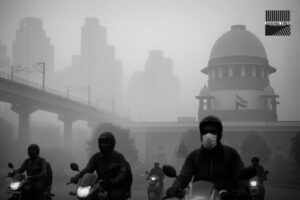

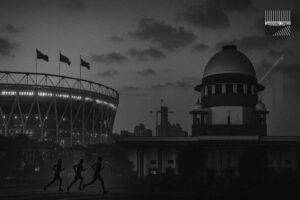






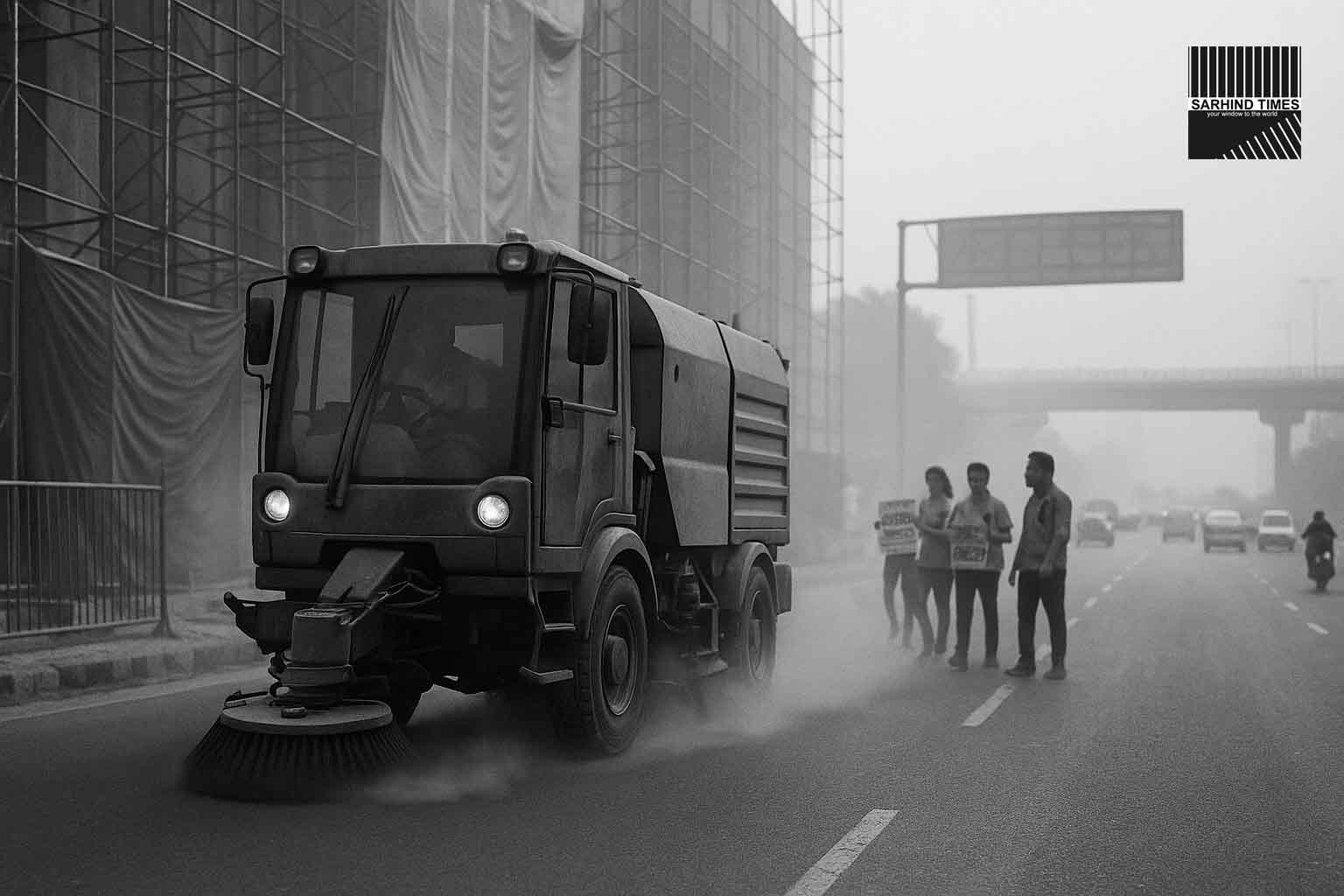

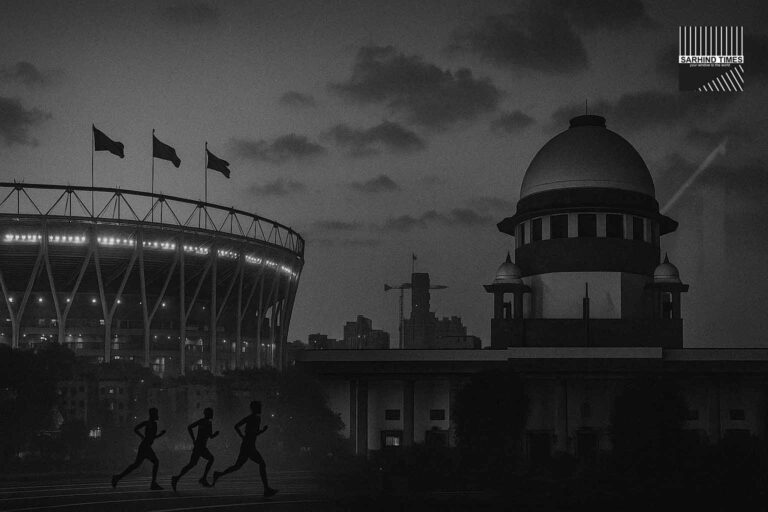
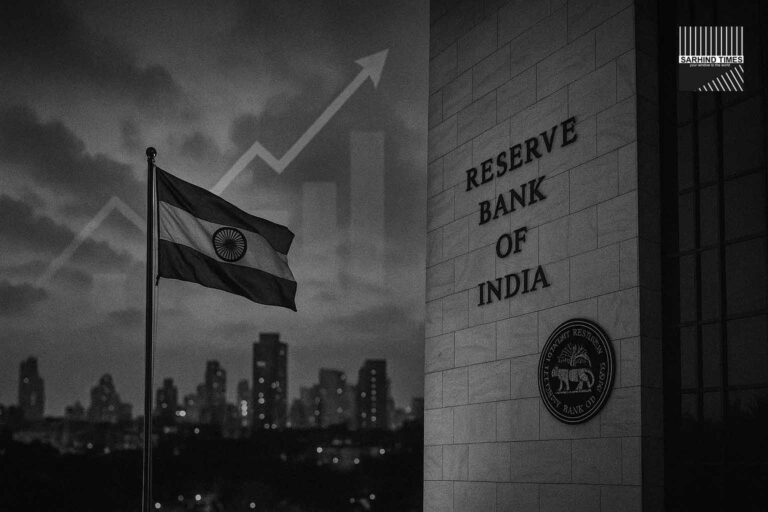

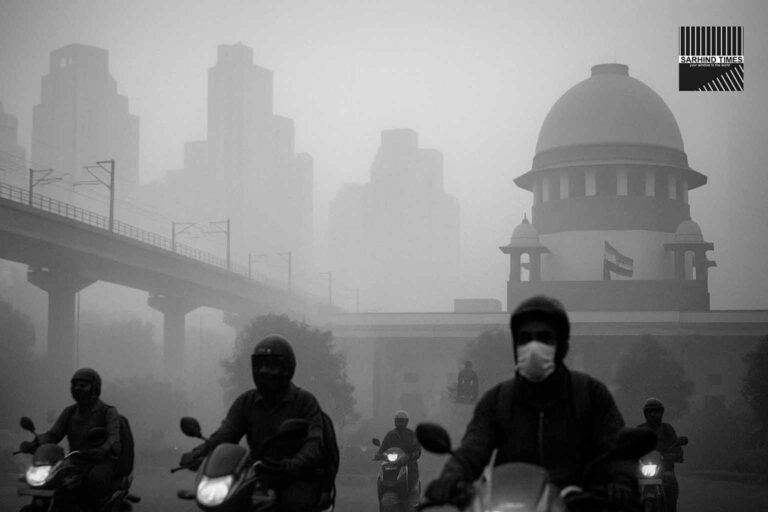
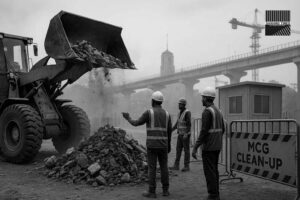
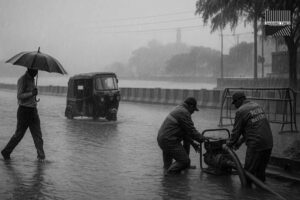

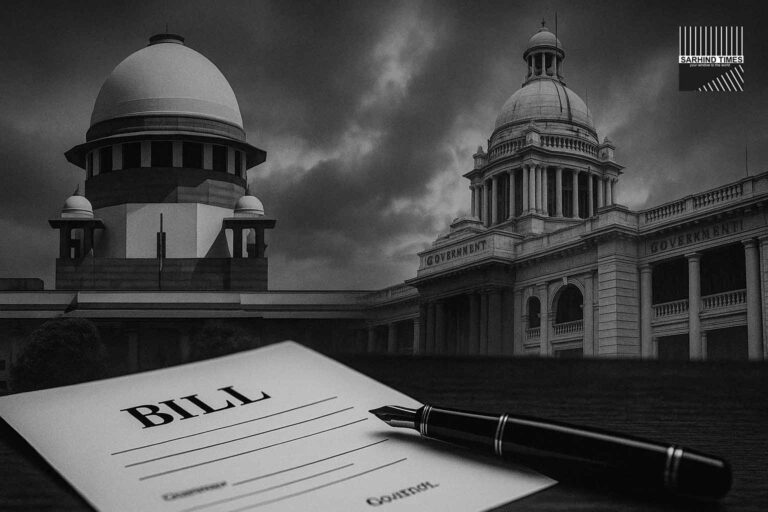

+ There are no comments
Add yours